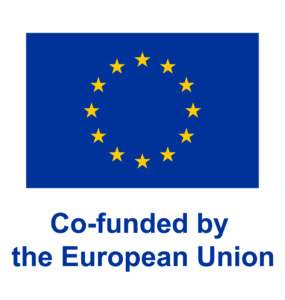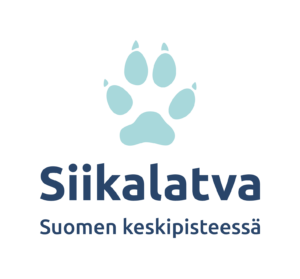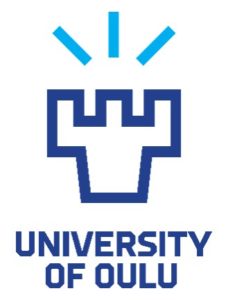Siikalatva Graphite, the Raw Material of the Green Transition
- Project research area
- Geoscience Information Solutions Availability of Critical Raw Materials
- Project duration
- 01.05.2024 - 01.05.2026
Introduction




The world is taking a big step shifting to fossil free energy. This step is a critical in actions slowing down the global warming. Key components of the, so called green transition, are minerals, which are common, for example, in batteries and in other green technologies. Graphite is one of the minerals applied in Li-ion batteries. The EU has listed graphite not only as a critical but also as a strategic raw material. The consumption in EU is high, but production is low and about 97% of it is imported. The most significant production takes place in China whose regulation can affect harm to the availability as well causing market uncertainties (market shareis 67% of the global consumption, even more among that of the battery grade materials, about 100%).
Phasing-out fossil fuels appear also as a change in the economic structure of municipalities. In several regions of Finland, the utilization of peat in energy production has been a significant branch of industry, which is also the situation in Siikalatva. There are a considerable number of peat producers, agriculture, metal and food industry and mechanical wood industry in Siikalatva and the area around it. Business activities are diverse, but the companies are small with 1–5 employees. The substituting jobs are not necessarily created in the same industries and geographical areas as those that disappear from the peat value chain, so the regional effects may remain long-term. Reduction of the peat usage have had negative effects on e.g., transport logistics, machine maintenance and service business as well as related subcontracting, machine trade and other local services. Abandoning peat will change the economic structure, and the industries replacing it must be looked at from many perspectives.
One sector to consider is the prospecting of minerals and mining industry. This is especially in the areas where are potential for new resources. Although in the earliest times there has been production in Finland in small deposits rich in graphite, not at the moment. Some early-stage exploration has already been carried out in the area. Basing on the preliminary studies of the Geological Survey of Finland, it is possible that the Siikalatva area could be a potential for battery quality flake graphite. This project studies the feasible processability of graphite into battery-grade concentrate, as well as the utilization of the side streams in the circular economy aspect. In addition, the most promising zones for graphite occurrences will be mapped based on geological and geophysical studies.
The object of the project is also to find out the environmental and regional economic effects related to the industrial utilization of graphite and its side streams, summing up how these will affect to the local land use planning, infrastructure and if implemented, what kind of changes these would mean for the environment. As a result of the information generated through the project and the scenario reviews, it is possible to better coordinate future opportunities in terms of the mining industry and the green transition, land use, zoning, and the environment, so that regional development of the area would take place controlled and predictable way.
This project examines the opportunities brought by a new kind of business, in which the local business (services and production) could be involved and as well, build networks which through companies can create new products and process innovations. The results of the project can be used in the planning of the service structure of the region’s business life and the sustainable development of the regional economy, and as a basis for various decisions. Based on the results, possible future problems related to the mining industry can be predicted.
The project is a collaboration between four actors with scientific and practical expertise; the Geological Survey of Finland, the University of Oulu (Mining School and Department of Civil Engineering) and Siikalatva municipality.
Siikalatva municipality is the coordinator and is responsible for project management and communication.
Funding authority: Council of Oulu Region/JTF funding
Contact persons: Jukka Konnunaho and Seppo Leinonen
Return to projects
